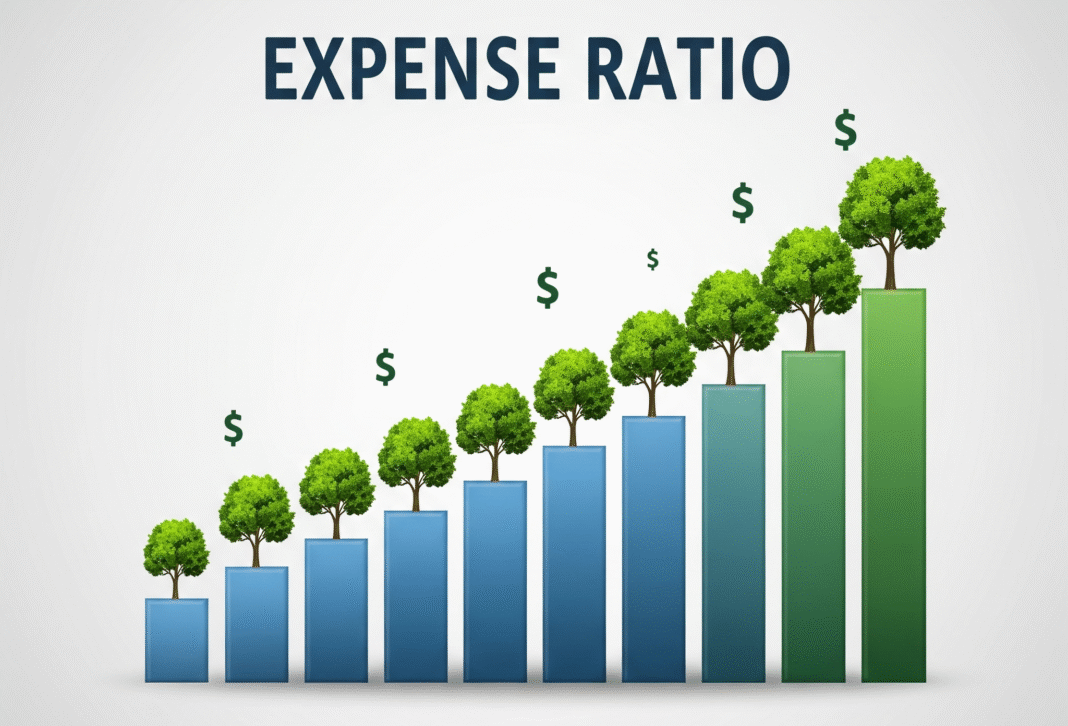What is Expense Ratio? Your Fund’s Annual Operating Cost
The Expense Ratio is an annual fee charged by mutual funds (and ETFs) to cover their operating costs. It’s expressed as a percentage of the fund’s Assets Under Management (AUM). Think of it as the “management fee” or “running cost” of the fund, which you indirectly pay as an investor.
This ratio includes:
- Management Fees: For the fund manager’s expertise.
- Administrative Costs: For record-keeping, customer service, legal, and audit fees.
- Marketing and Distribution Expenses: Costs for promoting the fund and commissions paid to distributors.
- Custodian Fees: For safekeeping the fund’s assets.
The expense ratio is not billed to you separately. It’s deducted directly from the fund’s assets before the daily Net Asset Value (NAV) is calculated. This means the NAV you see already has the expense ratio factored in.
Expense Ratio: Direct vs. Regular Funds
This is a crucial distinction for investors:
-
Regular Plans (Higher Expense Ratio):
- These plans involve an intermediary like a financial advisor, distributor, or bank.
- A portion of the expense ratio in regular plans goes towards paying commissions to these intermediaries for their services (advice, sales, paperwork, etc.).
- Because of these embedded commissions, Regular Plans always have a higher expense ratio compared to their direct counterparts. This difference typically ranges from 0.5% to 1.5% annually.
-
Direct Plans (Lower Expense Ratio):
- In these plans, you invest directly with the Asset Management Company (AMC) – either through their website, app, or office.
- There is no intermediary involved, and therefore, no commission is paid out of the fund’s assets.
- As a result, Direct Plans have a significantly lower expense ratio than regular plans of the exact same fund.
- This lower cost translates to potentially higher returns for you over the long term, as less of your money is being consumed by fees and more remains invested to compound.
Why it matters to you:
A lower expense ratio, especially in Direct Plans, means more of your investment’s returns stay with you. Over many years, even a small difference in the expense ratio can lead to a substantial difference in your final investment corpus due to the power of compounding. When comparing funds, always check the expense ratio, and consider whether a Direct Plan is suitable for your investment style.




